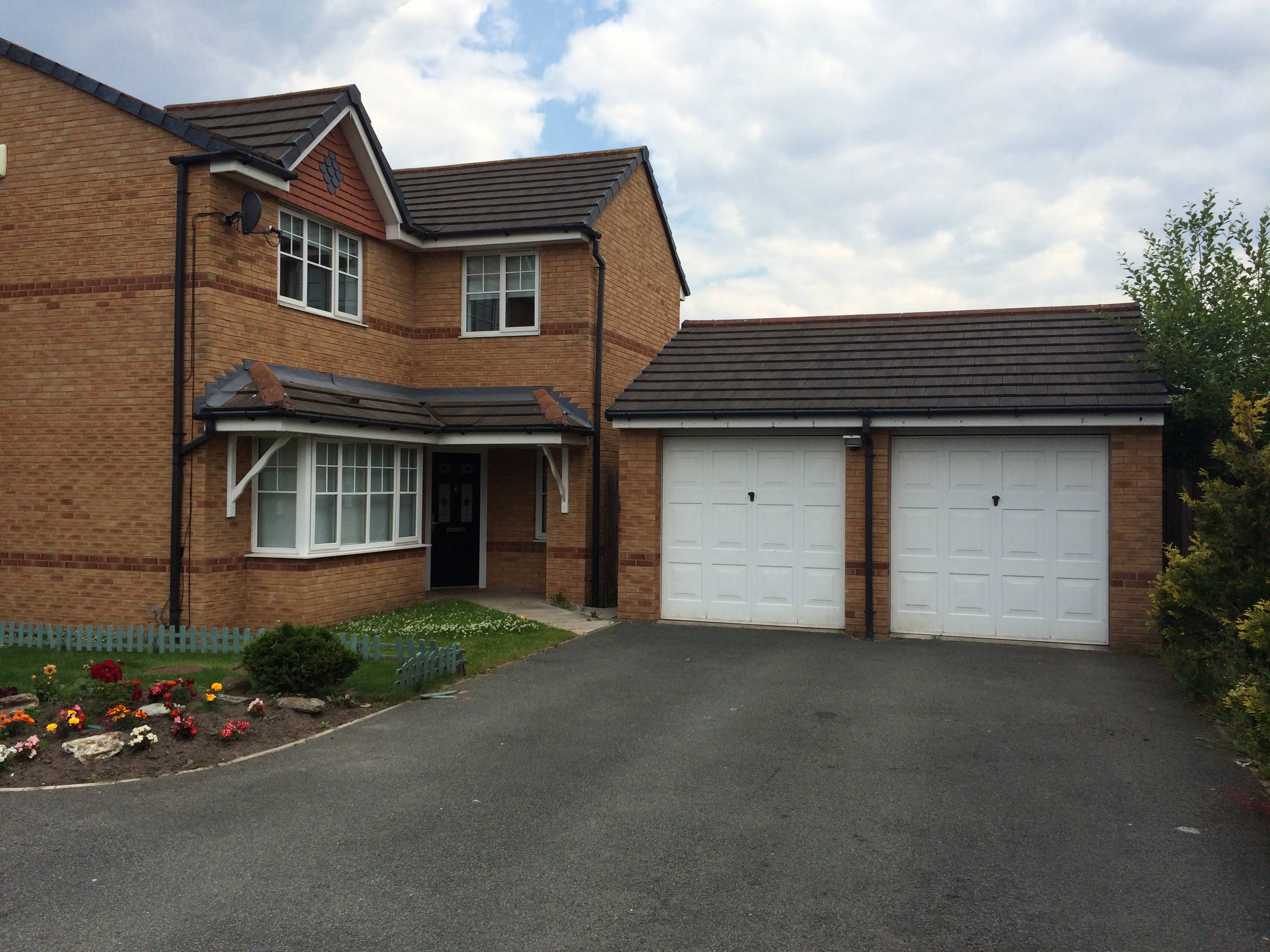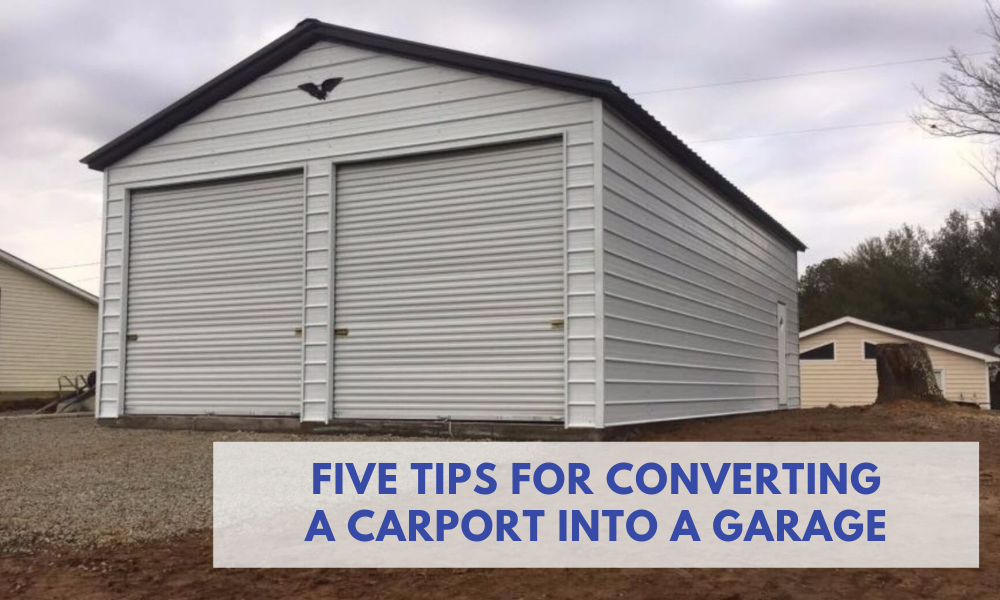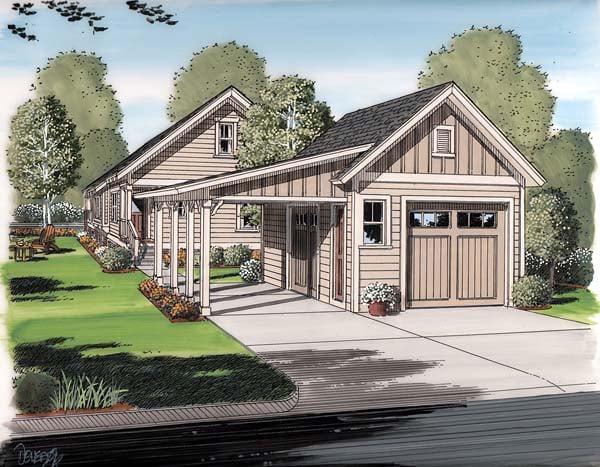
Garage conversions are an affordable way to increase your home's living space. These conversions are not only practical but can also increase the property's value. Some restrictions are still in effect, but they are less stringent than they were years ago.
It is important to understand the regulations and rules in your area before you decide to convert your garage into a home. For example, you may need to obtain a permit from your local municipality, even if you're not planning to live in the new apartment. It is also important to think about how your new living space will fit in with your home's overall design.
A garage conversion is often the best way to add living spaces to your home. But there are many things you need to consider. These include the size and budget of the garage as well as what you plan to do with it after it's been converted.

The leveling of the garage floor is one of the most important aspects. A thin layer of concrete can be used to level the floor. Another important step is installing insulation. Fiberglass insulation can help reduce cooling costs.
Plumbing is an important aspect to a garage conversion. An up-flush is required in some cases. An up-flush system uses a pump to carry waste to a septic tank. A ductless system is a wall-mounted unit which draws hot water from an outside condenser. This allows you to save money.
When it comes to the construction of your garage conversion, you should be on the lookout for the most cost effective ways to do it. You might find it cheaper to add a circuit at the breaker box than to install a complete new electrical service. Consider the fact that you will need to run the sewer line from the garage to your main house.
It's no secret that California has a crowded housing market. California's leaders are looking for ways to build more quality homes. Many communities are trying new ways to use the space they have. They've also loosen restrictions on ADUs, which are accessory dwelling units.

Depending on your location and the amount of storage and covered parking space in your garage, a garage conversion can be a great way to add more living space to your home. Although it's not always a cheap project, it can add as much as 15% to the value of your home. You can increase the living space of your house and use that space to build other things.
Although it is complicated to convert your garage, the results are well worth it. Not only will you add living space to you home, but the space can be rented to friends, neighbors, or potential tenants.
FAQ
Is $30000 enough to remodel a kitchen?
A kitchen remodel costs anywhere from $15000 up to $35000 depending on what you are looking for. A complete kitchen remodel will cost you more than $20,000. For less than $3000, you can update appliances, add lighting, and replace countertops.
Full-scale renovations typically cost between $12,000 and $25,000. There are ways you can save money without sacrificing on quality. For example, you can install a new sink instead of replacing an old one, which costs approximately $1000. Or you can buy used appliances for half the price of new ones.
Kitchen renovations take longer than other types of projects, so plan accordingly. It's not ideal to begin working in your kitchen, only to find out halfway through that there isn't enough time to finish the job.
It is best to start early. Begin by looking at all options and getting estimates from multiple contractors. You can then narrow your choices by price, availability, and quality.
Once you have identified potential contractors, request estimates and compare their prices. Sometimes the lowest bid doesn't necessarily mean the best. It is important that you find someone with comparable work experience to provide an estimate.
Add all costs to the final cost. These may include labor or material charges, permits and so forth. You should be realistic about what you can spend and stick to your spending budget.
Tell the contractor if you don't like any of the bids. Tell the contractor if you are not satisfied with the first quote. Give him or her another chance. Don't let pride get in the way when you save money.
Are there any savings on a remodel of a bathroom or kitchen.
Remodeling your bathroom or kitchen is expensive. But considering how much money you spend on energy bills each month, it might make more sense to invest in upgrading your home.
Small upgrades can help you save thousands of dollars per year. A few small changes, such adding insulation to walls or ceilings, can cut down on heating and cooling costs. Even a small improvement can make a difference in comfort and increase resale.
It is crucial to consider durability and ease of maintenance when renovating. Materials such as porcelain tile, stainless steel appliances, and solid wood flooring last longer and require fewer repairs than vinyl or laminate countertops.
You might find that upgrading to newer fixtures can cut down on utility costs. Low-flow showerheads or faucets can help reduce water usage by up 50 percent. Replacing inefficient lighting with compact fluorescent bulbs can cut electricity consumption by up to 75 percent.
What is the difference between building a new home and gutting a current one?
A home gutting involves the removal of all interior items, including walls, floors ceilings, plumbing and electrical wiring, fixtures, appliances, and fixtures. It's often necessary when you're moving to a new house and want to make changes before you move in. Because of the many items involved in gutting a house, it is usually very costly. Depending on the job, the average cost of gutting a home is between $10,000 and $20,000
A builder builds a home by building a house frame-by-frame, then adds doors, windows, doors and cabinets to the walls. This is usually done after buying a lot of lands. Building a home can be cheaper than gutting. It usually costs around $15,000-$30,000.
When it comes down to it, it depends on what you want to do with the space. You will probably have to spend more to gut a house. However, if you want to build a home, you won't have to worry about ripping everything apart and redoing everything. You can build it as you wish, instead of waiting to have someone else tear it apart.
How can I tell if my home needs to be renovated or remodelled?
First, look at how recent your home has been renovated. It may be time for a renovation if your home hasn't been updated in a while. You might also consider a remodel if your home is brand new.
Your home's condition is also important. It's possible to renovate your home if there are holes in the walls, peeling wallpaper or damaged tiles. A remodel is not necessary if your home appears to be in great condition.
A second factor to consider is your home's general condition. Is it structurally sound? Are the rooms well-lit? Are the floors clean? These are vital questions to ask when you decide which type of renovation should be done.
What is the cost of tile for a shower?
It's worth spending a lot if you plan to do it yourself. It's an investment to remodel a full bathroom. But when considering the long-term value of having a beautiful space for years to come, it makes sense to invest in quality materials and fixtures.
The right tiles will make a big difference in the way your room feels and looks. So whether you're planning a small project or a major renovation, here's a quick guide to help you choose the best products for your home.
First, you need to choose which flooring material you want. Common choices include ceramics and porcelain as well as stone and natural wooden. Select a style, such as classic subway tiles or geometric patterns. Select a color palette.
It is important to match the tile to the rest in a large bathroom remodel. You may choose white subway tile for your bathroom and kitchen area, but select darker colors for other rooms.
Next, estimate the scope of work. Is it time to update a small powder room? Would you prefer to add a walk in closet to your master bedroom?
After you have established the project's scope, it is time to visit local stores and view samples. By doing this, you will get an idea of the product's installation methods.
Online shopping is a great way to save on porcelain tiles and ceramics. Many retailers offer discounts for bulk purchases and free shipping.
Why remodel my house when I could buy a new home?
Although houses are getting cheaper each year, you still have to pay the same amount for the same square footage. Even though you may get a lot of bang for your buck, you also pay a lot for that extra square footage.
It is less expensive to maintain a house that does not require much maintenance.
You can save thousands by remodeling your existing home rather than buying a completely new one.
You can transform your existing home to create a space that suits you and your family's lifestyle. You can make your home more welcoming for you and your loved ones.
Statistics
- 5%Roof2 – 4%Standard Bedroom1 – 3% (rocketmortgage.com)
- Attic or basement 10 – 15% (rocketmortgage.com)
- About 33 percent of people report renovating their primary bedroom to increase livability and overall function. (rocketmortgage.com)
- 55%Universal average cost: $38,813Additional home value: $22,475Return on investment: 58%Mid-range average cost: $24,424Additional home value: $14,671Return on investment: (rocketmortgage.com)
- 57%Low-end average cost: $26,214Additional home value: $18,927Return on investment: (rocketmortgage.com)
External Links
How To
How to Install Porch Flooring
While installing porch flooring is straightforward, it takes some planning. It is best to lay concrete slabs before you install the porch flooring. But, if you don’t have the concrete slab available, you could lay a plywood board deck. This will allow you to install porch flooring without having to invest in concrete slabs.
Before installing porch flooring, you must secure the plywood as the subfloor. Measure the porch width and cut two pieces of wood to fit the porch. These strips should be attached to the porch from both ends. Next, nail them down and attach them to your walls.
Once you have secured the subfloor, you will need to prepare the space where you want to install the porch flooring. This involves typically cutting the top layer from the floorboards to fit the area. The porch flooring must be finished. A common finish for porch flooring is polyurethane. Staining porch flooring is also an option. Staining is more straightforward than applying a coat of clear paint. After applying the final coat, you just need to sand down the stained areas.
These tasks are completed and you can install the porch flooring. Begin by marking the location for porch flooring. Next, measure and mark the location of your porch flooring. Finally, set the porch flooring in place and fasten it using nails.
If you need to give your porch more stability, porch stairs can be installed. Porch stairways are typically made of hardwood. Some people prefer to have their porch stairs installed before their porch flooring.
Once you have installed your porch flooring, it is time to complete the project. You must first remove your porch flooring and install a new one. You'll need to clean up the debris. Remember to take care of the dust and dirt around your home.